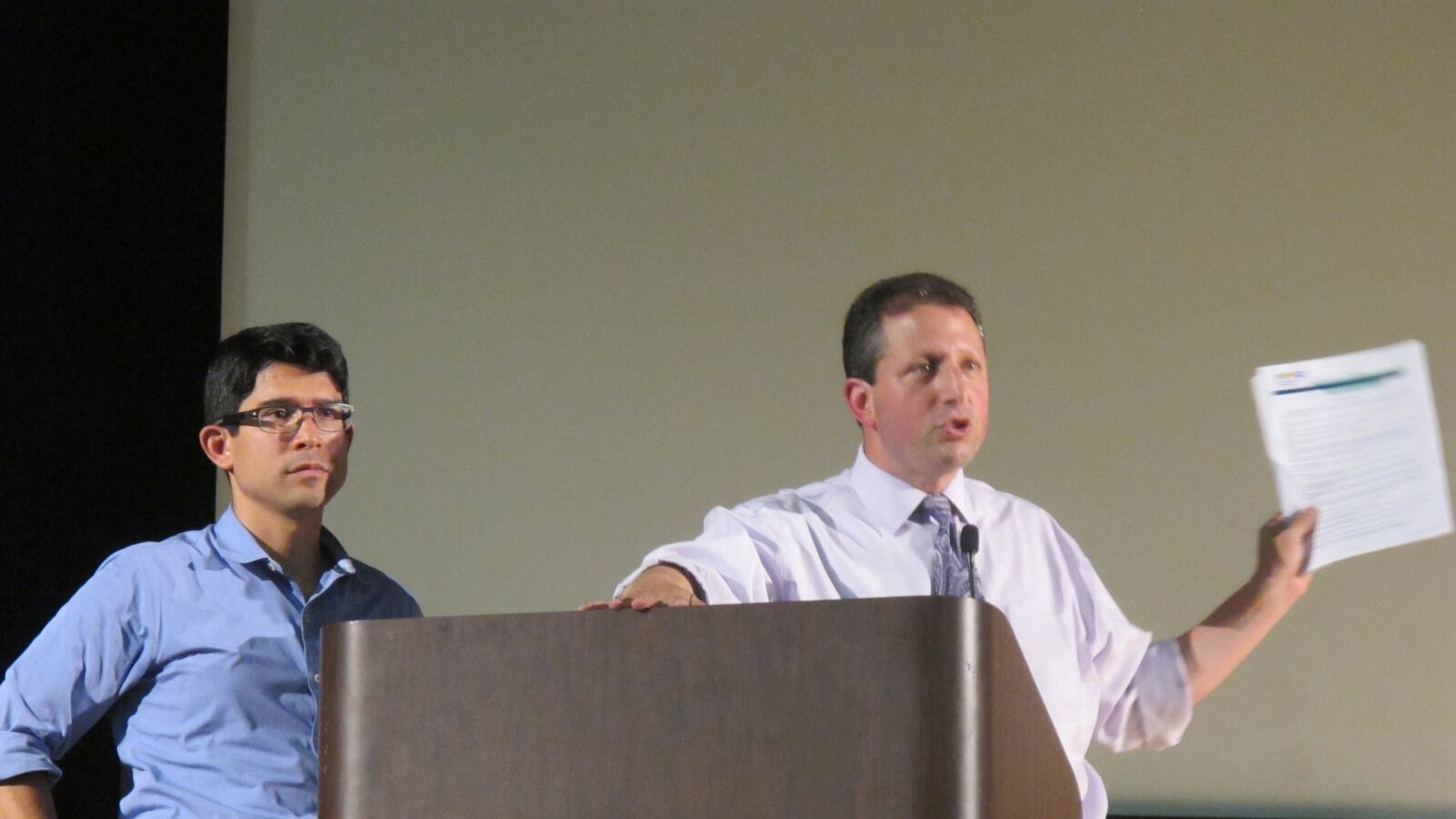City lawmakers introduced a slate of legislation Wednesday meant to prod the administration to boost diversity in the city school system, which is among the most segregated in the country.
One resolution calls on the city to prioritize racial and ethnic diversity in its decision-making, while another urges state lawmakers to pass a bill amending the admission policy for the city’s most selective schools, which admit few black and Hispanic students. A bill would require the city to issue annual reports with demographic information about each school and district — including data about students’ race and family income — along with steps the city is taking to make schools more diverse.
The council must still hold a hearing and vote on the legislation, which would also require the city to release demographic data about accelerated programs and charter schools. But it’s unclear whether city officials are interested in wading into the jumble of zones, district rules, and citywide policies that together determine which students attend what schools.
Schools Chancellor Carmen Fariña has spoken broadly about the importance of diversity and said she was “disappointed” after a report this spring found New York state’s schools to be the most segregated in the country, with segregation in city schools on the rise. She also endorsed a state bill that would require eight of the city’s specialized schools to consider other measures beyond a student’s score on a test when making admissions decisions.
But she has not hinted at policy changes that would promote diversity across districts or across the entire school system. In May, Fariña told parents at a town-hall meeting that trying to increase diversity is “a school-by-school decision right now.”
“The scandal here is not that we’re failing; the scandal here is that we’re not even trying,” said Councilman Ritchie Torres, who sponsored the resolution calling on the administration to make diversity a top consideration when setting admissions guidelines, creating new schools or school zones, and other policies. He added that, based on Fariña’s actions to date, “It’s unclear whether this is high on her list.”
On Wednesday, Department of Education spokeswoman Devora Kaye said that the city recognizes “the critical value” of a diverse student body. “We are exploring additional ways to reflect this diversity in every zip code, and look forward to reviewing the package of legislation,” she said.
Under former Mayor Michael Bloomberg, the Department of Education created a new high school admissions process that allows students to attend schools across the city. Over the years, the department pushed districtwide choice down to the middle-school level and even the elementary-school level in a few areas.
But most elementary-school students are still assigned to a single school based on where they live, complicating efforts to diversify schools in a city where many neighborhoods are not diverse at all. To change that, some advocates want the city to allow schools and districts to adopt “diversity-positive” admission policies like those in place at Brooklyn’s P.S. 133.
“The advocates have been a little disappointed in what we’ve heard” from Fariña on those issues, said David Tipson, the director of New York Appleseed, a group that promotes policies that foster school diversity. “We’re really pushing the DOE to exercise more leadership.”
The council has little authority over the school system, so its proposals could only push the education department to tackle school segregation.
Councilman Brad Lander, who introduced the reporting bill, said the administration has many options. He pointed to P.S. 133, which sets aside a portion of its seats for English-language learners and students from low-income families. The city could also increase the number of “education option” high schools that reserve slots for students at different academic levels, Lander noted.
“The problem is a big, massive problem, so I don’t have a silver bullet to create integrated schools in the near term,” he added. “What I think is that there are a lot of steps that we can take in that direction that we aren’t currently taking.”

